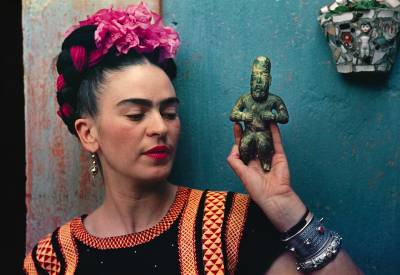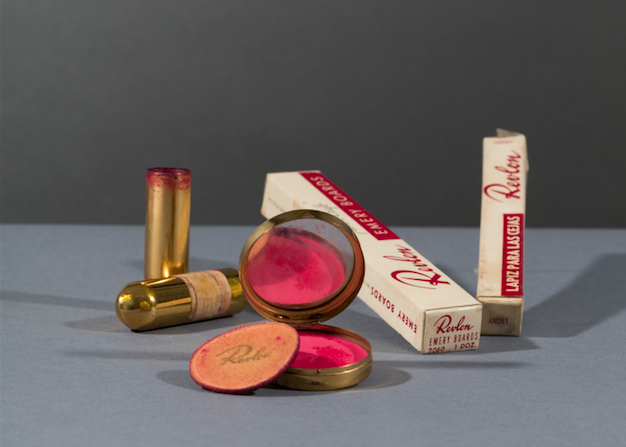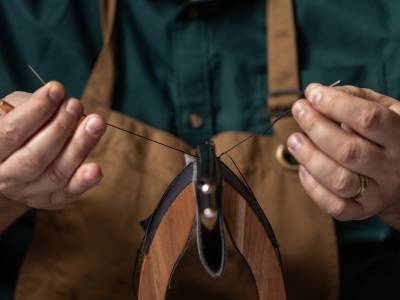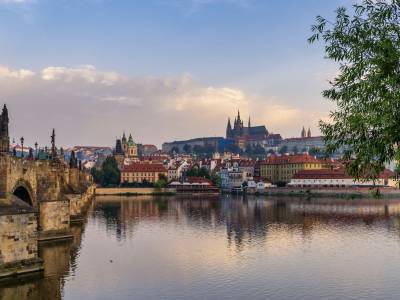The queue for the Frida Kahlo exhibition is alive with a hubbub of excited chatter. Tickets are in high demand, and many have booked months in advance to see this V&A exhibition, which is the first outside of Mexico to display the artist’s clothes and intimate possessions.
Making Herself Up: portrait artist Frida Kahlo at the V&A
13th August 2018
From Revlon makeup to uncompromising self-portraits, the V&A’s Frida Kahlo exhibition offers a thought-provoking glimpse into the life of this pioneering artist
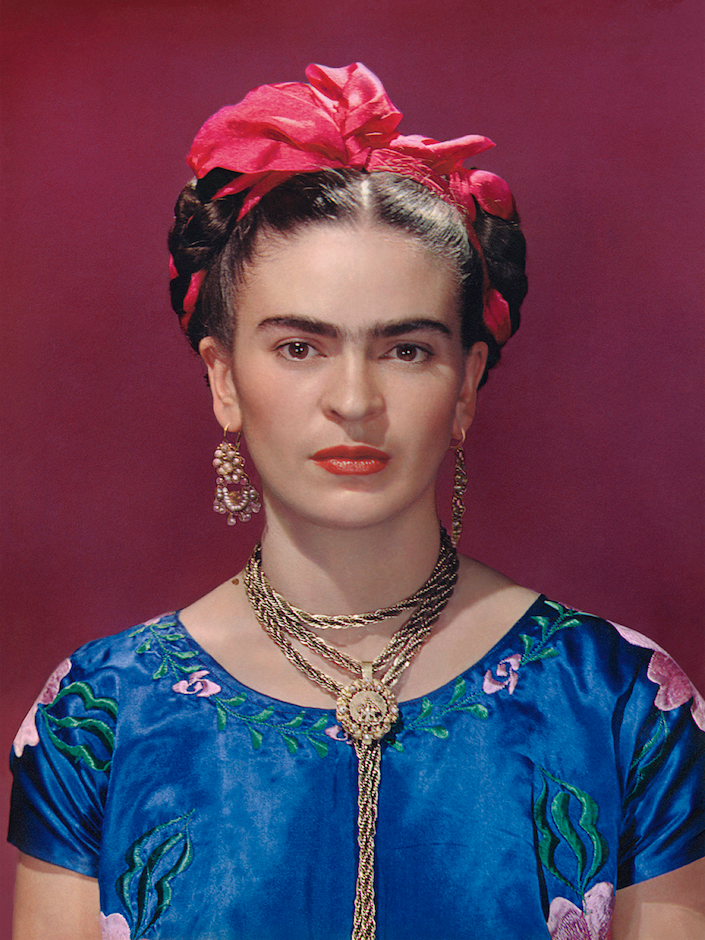
Delivering on its aim to present an “unparalleled insight into Kahlo’s life,” the exhibition starts by going right back to Kahlo’s family life, the historical context of Mexico, and the near-fatal bus crash that fractured her ribs, legs and collarbone at the age of only eighteen.
Although this accident left Kahlo bed-ridden, she refused to succumb to her injuries, instead channeling her pain into a series of uninhibited paintings. During this period Kahlo had a mirror inset placed into the canopy of her bed – an instillation that allowed her to discover the talent for self-portraiture that would make her famous.
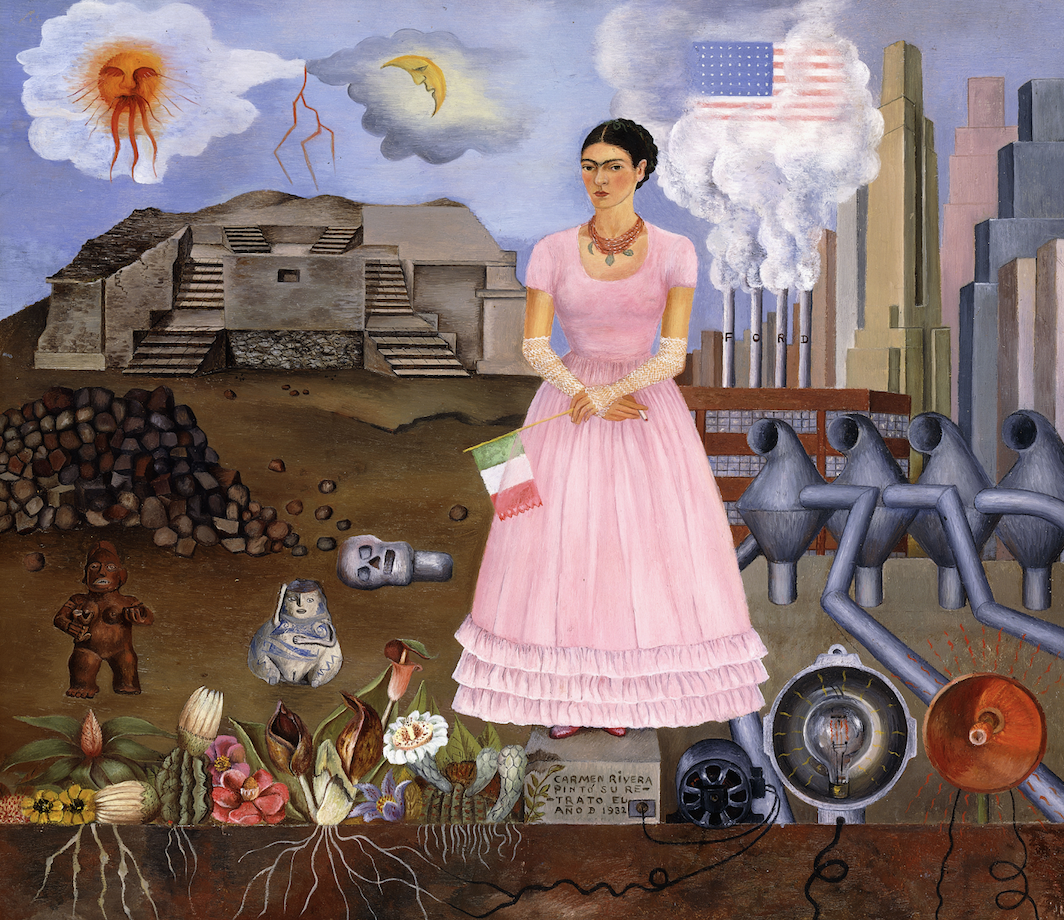
Following a display of these early self-portraits, the exhibition turns to Kahlo's lifelong talent for 'making herself up' through her appearance –focussing in particular on the extensive wardrobe that was found at her family home in 2004.
One of the main draws of the exhibition is the display of Kahlo's wardrobe. Despite being locked away for fifty years after her death, Kahlo's clothes are just as vibrant on the mannequins as they are in the photos and videos of the artist that line the walls of the exhibition, yet the odd paint stain shows that these outfits were more than just a costume.
A blend of traditional Mexican and European fashion, Kahlo's flamboyant outfits both obscured her injured leg, and acted as a daily statement of her ethnic and political identity.
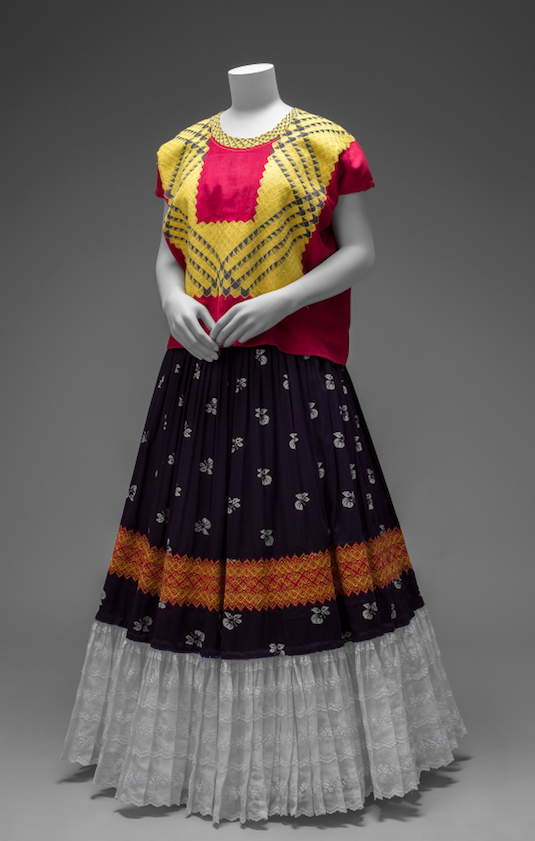
Also on display is a fascinating array of intimate possessions found in the Blue House, the home of Kahlo and her muralist husband, Diego Rivera. These range from Revlon makeup and bright jewellery, to the colourful boot that Kahlo wore to hide the prosthetic leg that she wore after contracting gangrene. Striking and personal these objects offer an insight into the artist's character and mundane routine.
Despite suffering acute personal tragedy, Kahlo’s iconic image was unwavering throughout the years, and her garments and paintings are an enduring legacy of her ability to create art - both on a canvas, and through her appearance.
The exhibition is at its most poignant when Kahlo’s public façade is broken down, revealing her suffering and struggles with family misfortune. Not one to shy away from raw emotion, Kahlo expressed this pain through her clothing and among the colourful jewellery and traditional Mexican outfits on display there are cases displaying the supportive bodices and back braces – worn by the artist – adorned with tragic imagery relating to her miscarriages.
I paint myself because I am so often alone - Frida Kahlo
It is doubtless that Kahlo suffered, the exhibition makes this very clear, but the crux of it is her image. She was an icon, a feminist, a woman and a revolutionary – but how did she convey this? Firstly thorough her singular dress sense and her strong eyebrows and facial hair, her powerful sense of self made her recognisable by millions of people around the world. But what is more interesting, as you study her portraits is the sense of duality that also pervades her paintings. Many of her self-portraits depict multiple versions of Kahlo, one conveys Kahlo’s charismatic imagining of her persona, while another portrays a fragile woman, vulnerable to the limits of her broken body.
Held together by her strong sense of self Kahlo manages to address the contradictory facets of herself though every different self portrait and through the accumulation of her personal effects from her makeup to photographs and documents. Unified yet multifaceted, the allure of Kahlo resides in this sense of ambiguous mystery – there is even a self-portrait entitled ‘Appearances can be deceiving’.
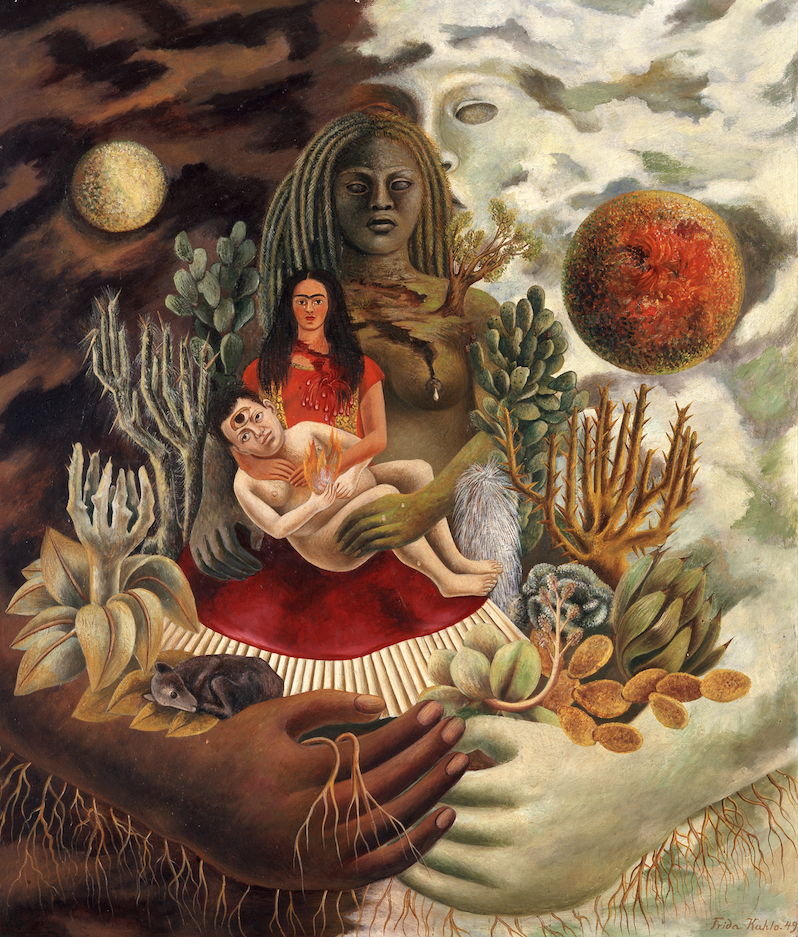
The final Kahlo mannequin stands at the exit - facing away from exhibition room, towards a large mirror set against the wall. This carefully curated exit serves as a reminder that the true identity of Frida Kahlo is just out of grasp, and as you walk past the faceless figure reflected in the mirror, you cannot help but admire the artist for her refusal to let her identity be governed by the world around her.
Frida Kahlo: Making Her Self Up, until 14 November 2018 at the Victoria and Albert Museum.
